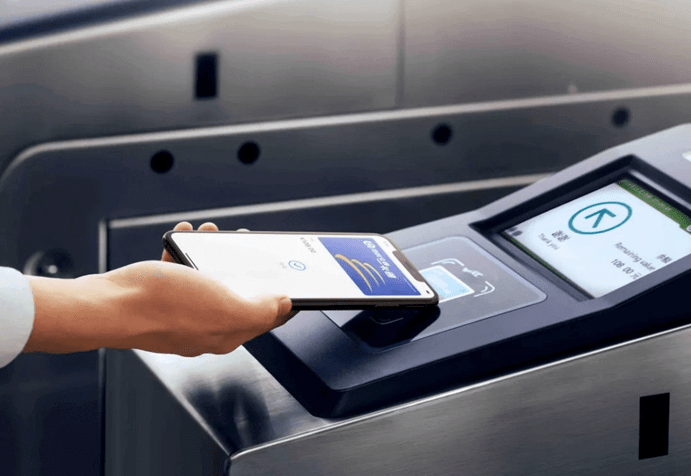Why is Apple not fully open NFC ?
NFC technology Apple has been lagging behind in NFC for many years. Android devices have adopted NFC since 2010, but Apple did not adopt it until the end of 2014. Near Field Communication Technology) is an impressive technology that has been around for a long time: tiny wireless antennas transmit small amounts of data at distances less than 1.5 inches. Today, NFC enables handsets to make contactless payments, pair with other NFC-enabled devices, enable higher bandwidth communications, and read and write “tag” identification products.
Apple has been lagging behind in NFC for many years. Android devices have adopted NFC since 2010, but Apple did not adopt it until the end of 2014. NFC for many years. Android devices have adopted NFC since 2010, but Apple did not adopt it until the end of 2014. Even so, NFC has not received full support from Apple: NFC hardware has been added to iPhone6 and Apple Watch, just to achieve Apple’s proprietary Apple Pay, a wireless payment solution, is not available for other apps. Until the release of the iPhone 7 at the end of 2016, Apple allowed some iPhones to read NFC tags and it took another three years to add NFC writing on iOS 13.

At the end of 2019, the iPhone and Apple Watch will still be able to pay for Apple has been lagging behind in NFC for many years. Android devices have adopted NFC since 2010, but Apple did not adopt it until the end of 2014. NFC via Apple Pay, and they are Apple’s only NFC-paying devices. The iPad and iPod touch still do not have this feature until today. That’s why Apple only sells contactless student ID cards to iPhone and Apple Watch users; although you can store card data on your iPad or iPod touch, they don’t have NFC hardware to communicate with payment or identity terminals.
Apple’s attitude toward NFC is very confusing, because the NFC function is very helpful to the retailer’s store modernization process. But from the standpoint of Apple’s shareholders, the reason seems obvious. Compared to the iPad and iPod, the iPhone and Apple Watch bring higher profits. Apple payments are an increasingly important part of Apple’s service business. Why give Apple users other options to damage Apple’s paid business?
If you are a shareholder of Apple, the reason seems obvious. Compared to the iPad and iPod, the iPhone and Apple Watch can generate more revenue, and Apple Pay is an increasingly important part of the Apple services business. Because of this, why do you want to destroy the status quo by giving Apple users other options?
For at least a year, European regulators have been uncomfortable with Apple’s approach, arguing that Apple’s move hurts competition. This week, a House of Representatives of the German Parliament voted to force Apple (and other similar companies) to provide NFC entry to its electronic payment competitors at a reasonable cost. Although the voting results have not yet signed the law, and there are reports that German Chancellor Angela Merkel hopes to revoke this clause, it is said that “the government has reached a full consensus on this initiative.”
Apple countered this move by Germany: “We are surprised by the sudden introduction of this legislation.” “We are concerned that this draft law may harm user friendliness, data protection and financial information security.”
If Germany finally passes a law requiring Apple to open its NFC interface to its competitors, it may succeed in further improving Apple’s policies for developers and users around the world.

